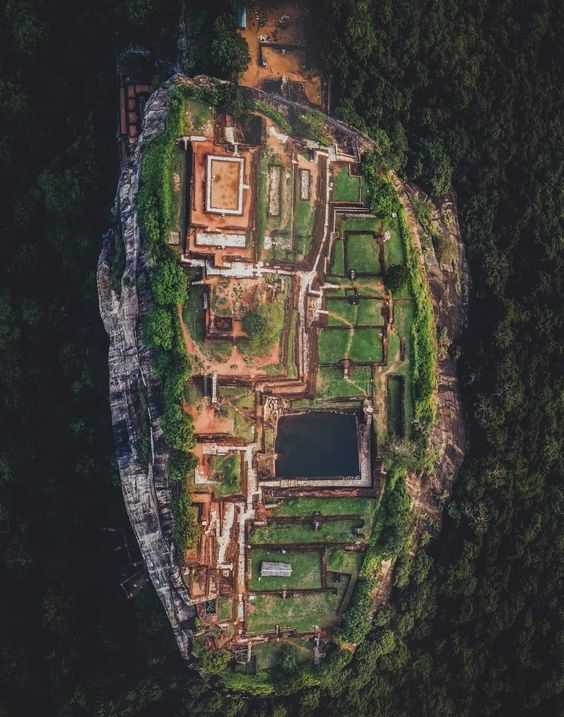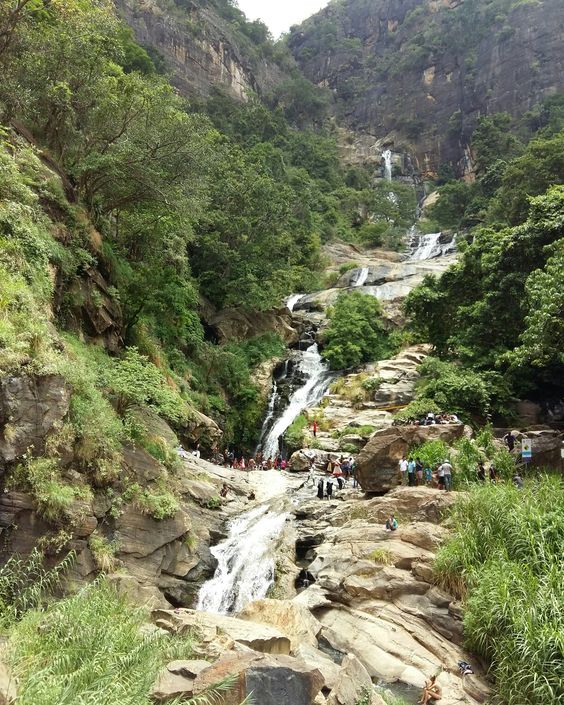Ravana the Great King of Shri Lanka is a multi-headed rakshasa, the chief antagonist in the Hindu epic Ramayana. He is the eldest son of sage Vishrava and Kaikesi. Ravana abducted Prince Rama’s wife Sita and held her in Lanka. Rama, with the support of vanara King Sugriva, launched an invasion against Ravana, resulting in his slaying. Ravana is often depicted as an evil character but is also a learned scholar, well-versed in the six shastras and four Vedas. He is considered the most revered devotee of Shiva and is often associated with Shiva at temples. Ravana appears in Buddhist Mahayana texts, Jatakas, and Jain Ramayanas, and is sometimes depicted as one of Vishnu’s cursed doorkeepers.
Ravana the Great King of Shri Lanka
Ravana, also known as Vaiśravaṇa, is a Sanskrit term meaning “roaring” or “hear distinctly.” Both Ravana and Vaiśravaṇa are patronymics derived from Vishrava’s sons. Ravana, later adopted by Dashānana, means “the one with ten faces” and is also known as “loud roaring.” In Abhinava Gupta’s Krama Shaiva scripture, “yāsām rāvanam” signifies those who are aware of their environment’s materialism. Other popular names for Ravana include Dasis Ravana, Dasis Sakvithi Maha Ravana, Dashaanan, Ravula, Lankapati, Lankeshwar, Ravanasura, Ravanaeshwaran, and Eela Vendhar.
Ravana, a devout follower of Shiva, is depicted with ten heads, sometimes with only nine. He is a great scholar, ruler, and maestro of Veena. Ravana is also the author of the Ravana Samhita and the Arka Prakasham, books on Hindu astrology and Siddha medicine. He is said to have the nectar of immortality, stored in his belly due to a celestial boon from Brahma.
Life history of Ravana the Great King of Shri Lanka
Ravana, a legendary figure, was born to the sage Vishrava and the Rakshasa princess Kaikesi in Treta Yuga. Some believe that Bisrakh was named after Vishrava, while Hela historical sources and folklore suggest Ravana was born in Lanka, where he later became king. Ravana’s paternal grandfather was the sage Pulastya, who was one of the ten Prajapatis and one of the Saptarishi. His maternal grandfather was Sumali, the king of the Rakshasas and the son of Sukesha. Sumali wanted Kaikesi to marry the most powerful being in the mortal world, but rejected worldly kings. Kaikesi chose Vishrava, the father of Kubera, and Ravana and his siblings were born to them.


Ravana and his brothers Kumbhakarna and Vibhishana performed penance on Mount Gokarna for 11,000 years, winning boons from Brahma. Ravana was blessed with a boon making him invincible to all Brahma creations, except humans. He also received weapons, a chariot, and shapeshifting abilities. Demigods approached Brahma to punish Ravana, and Lord Vishnu appeared, blessing him to incarnate as a human (Rama) and kill him.
The “Ravananugraha” is a popular image of Shiva, depicting Ravana beneath Mount Kailash playing a veena and strings made from his tendons. According to scriptures, Ravana tried to lift Mount Kailash but was trapped beneath it. For a thousand years, Ravana sang the Shiva Tandava Stotra, a hymn in praise of Shiva, which eventually blessed him and granted him an invincible sword and a powerful linga (Shiva’s iconic symbol, Atmalinga) to worship.
Family of Ravana the Great King of Shri Lanka
Ravana, a sage, was born to Vishrava and Kaikesi. He had ten maternal uncles and three maternal aunts, including generals like Dhumraksha, Prahastha, Akampana, Maricha, and Subahu. Sumali, Kaikesi’s father, played a crucial role in making Ravana the king of Lanka by advising him to receive boons from Brahma, defeat Kubera, and establish rakshasa rule in the three worlds. Ravana had seven brothers and two sisters, and had three wives: Mandodari, Dhanyamalini, and a third wife. His sons from his wives included Meghanada, Atikaya, Akshayakumara, Narantaka, Devantaka, Trishira, and Prahasta.
Ravana temples in India.
Ravana, a Shiva Bhakta, is worshipped in several temples in India, including Dashanan Temple in Kanpur, Ravana Temple in Bisrakh, Kakinada Ravana Temple in Andhra Pradesh, Ravangram Ravana Temple in Vidisha, Mandsaur, Mandar, and Baijanath Temple in Kangra District.
The Ravana Ella Falls


The Ravana Ella Falls, named after the legendary king Ravana, is believed to have kidnapped princess Sita and hidden her in the caves behind the waterfall. The kidnapping was a revenge for Rama and Laxmana slicing off Sita’s nose. The waterfall, now known as Ravana Ella Cave, was surrounded by forests and is believed to have been a place where Rama’s queen bathed in a pool accumulated from the waterfall. Legends suggest Ravana played the Ravanahatha over here.
“Vijay Thalapathy’s Cinematic Journey: A Glance at His Film Career”
Rashmika Mandanna’s Net Worth 2023
Nayanthara Biography, Net Worth, Awards, Careers, blockbuster movies 2023
Beauty Queen Nayanthara launches 9skin skincare brand
Beauty Queen Nayanthara launches 9skin skincare brand
Which is the fastest car in the world 2023
Best WWE Male SuperStars in the world 2023
Top 09 youngest fashion designers in the world
Most handsome man in the world 2023 | Top 10 List
Top 10 Most Beautiful Female Wrestlers in WWE 2023
Top 10 Most Beautiful Woman In The World 2023
world’s best football players in 2023
Real madrid New Coaches in 2023
Real madrid New Goalkeepers players Namelist 2023
